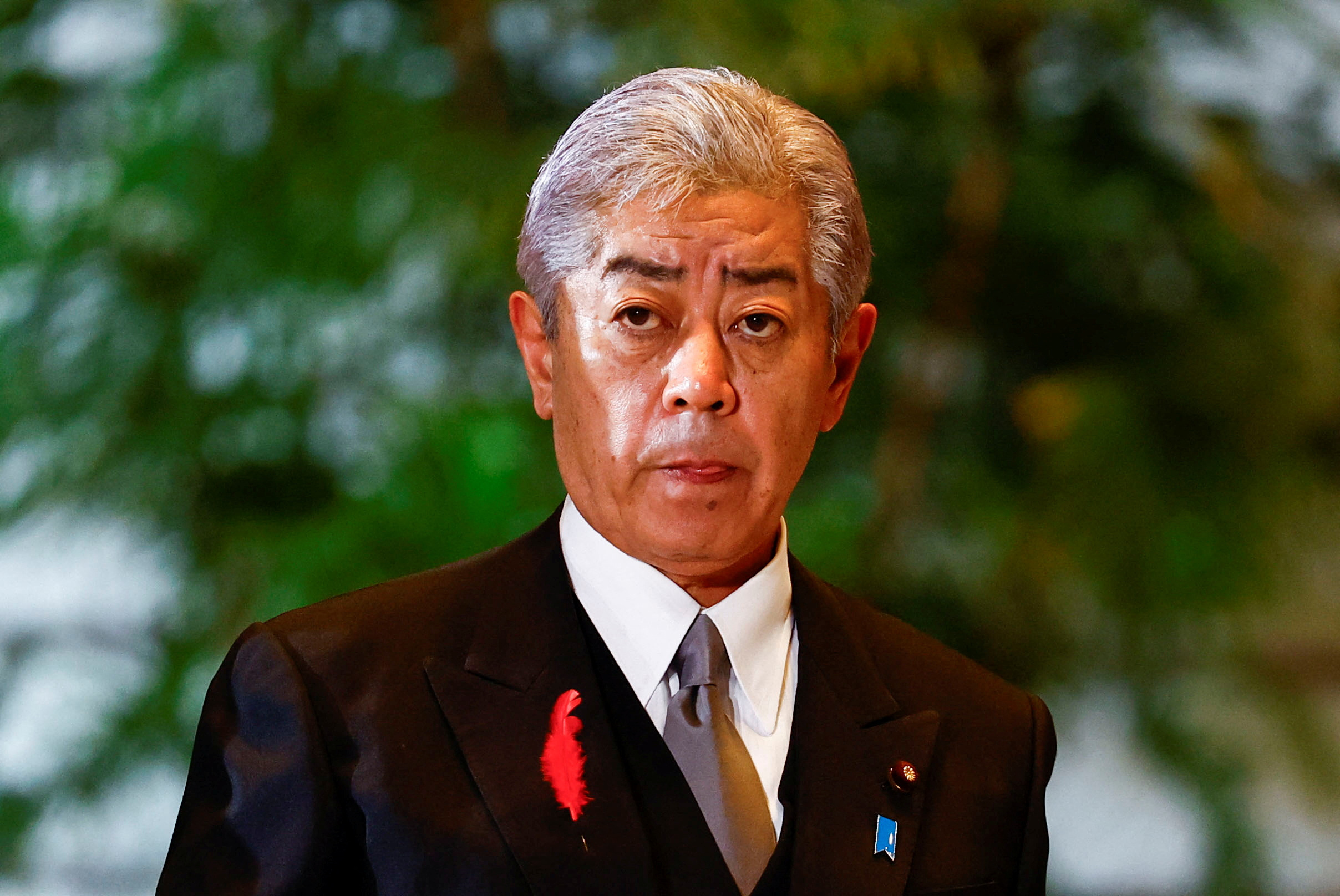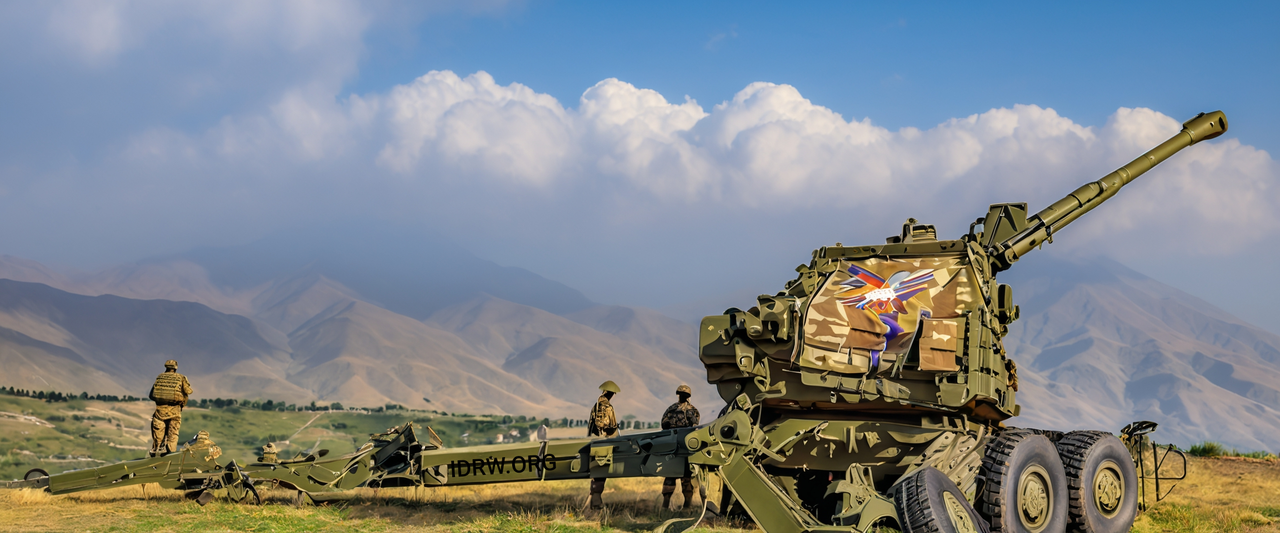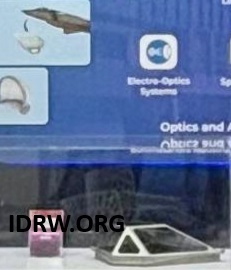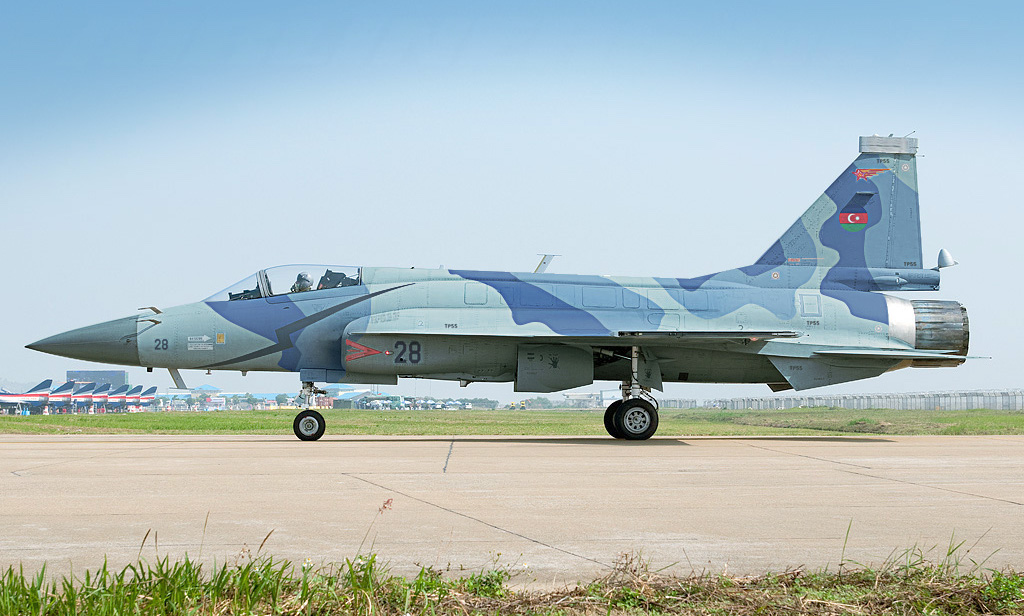SOURCE: AFI


Skyroot Aerospace, a leading Indian space startup, has achieved a significant milestone in its mission to launch India’s first privately developed rocket. The company’s Vikram-1 Reaction Control System (RCS) has been successfully flight qualified, paving the way for its maiden flight.
In a series of rigorous tests, Skyroot’s Raman-1 engines were fired in pairs for both positive and negative roll control. A total of 65 pulses were executed, with pulse durations ranging from 60 to 1120 milliseconds. The data collected from these tests confirmed the excellent performance of the module’s propulsion systems and avionics.
Continue readingSOURCE: AFI


The Drone Federation India (DFI) is set to host its upcoming Drone Shivir under the aegis of the Indian Army and Army Design Bureau. The event, themed “Building an Ecosystem for Design, Development, Manufacturing & Certification of Indigenous Defence UAVs in India,” will bring together key stakeholders from government, users, industry, and academia to drive the vision of a self-reliant drone ecosystem.
The roundtable will focus on addressing the critical challenges and supply chain vulnerabilities hindering the development of an indigenous drone and drone component manufacturing ecosystem in India. By fostering collaboration and knowledge sharing among stakeholders, DFI aims to create a conducive environment for the growth and innovation of the drone industry.
Continue readingSOURCE: PTI


India has once again underscored its independent foreign policy approach in response to international security dynamics, notably Japan’s recent proposal of an “Asian NATO.” Japan’s new Prime Minister, Shigeru Ishiba, suggested the formation of a strategic military alliance in the region to counter growing threats, particularly from China. However, India’s External Affairs Minister, Dr. S. Jaishankar, made it clear that India does not share the vision of such a collective defense framework, reaffirming India’s longstanding policy of maintaining strategic autonomy.
In a recent statement, Jaishankar remarked, “We have never been a treaty ally of any country. We don’t have that strategic architecture in mind.” His comments came in response to growing discussions around Japan’s push for a more formalized military alliance among like-minded countries in Asia, modeled after NATO, to counterbalance regional security threats. While India shares common concerns over regional security and the rise of China, Jaishankar’s statement emphasizes the Indian government’s refusal to be drawn into an alliance-based approach.
Continue readingSOURCE: RAUNAK KUNDE / NEWS BEAT / IDRW.ORG


The Aeronautical Development Agency (ADA) has recently issued an Expression of Interest (EOI) to identify a proven Helmet Mounted Display and Sight (HMDS) system that meets the operational and technical requirements for its current aircraft programs. This move represents ADA’s intent to gather essential information to finalize the technical specifications for procuring and integrating an HMDS system.
The EOI, issued on a No Cost No Commitment (NC/NC) basis, aims to engage with vendors capable of supplying and integrating a ready-to-deploy HMDS system for ADA’s aircraft programs. Importantly, the EOI does not guarantee the issuance of a future Request for Proposal (RFP) but seeks to collect information that will guide the decision-making process for this advanced technology integration.
Continue readingSOURCE: RAUNAK KUNDE / NEWS BEAT / IDRW.ORG


The Indian Air Force (IAF) is adopting a proactive approach to maintain the operational effectiveness of its indigenously developed Tejas Mk1A fighter jets by implementing regular minor upgrades throughout the aircraft’s lifecycle. As the Tejas Mk1A enters the fleet in larger numbers, the IAF is focusing on periodic improvements every three years to ensure the aircraft remains relevant against evolving threats and technological advancements.
Given the rapid pace of technological changes, particularly in avionics, radar systems, and combat software, the IAF recognizes the need to address obsolescence more frequently. In modern fighter jets, the lifespan of technologies has shortened significantly, with the obsolescence cycle now reduced to just three years. To stay ahead, the IAF is planning incremental enhancements in both hardware and software.
Continue readingSOURCE: RAUNAK KUNDE / NEWS BEAT / IDRW.ORG


The Armenian Army has completed trials of six units of the Advanced Towed Artillery Gun System (ATAGS) 155mm/52 calibre towed guns, supplied by India in 2023. According to Armenian Army sources to idrw.org, the guns have cleared all operational tests conducted in various locations across the country.
The initial batch of six ATAGS guns was programmed with the Armenian language in the Trajectory Computation Module (TCM) as requested by the Armenian Army. Additionally, several other modifications were made to tailor the guns to the specific requirements of the Armenian military.
Continue readingSOURCE: AFI
COMBINEDOPERATIONSOFINSVIKRAMADITYAANDINSVIKRANTRGVB.jpg)

Last month, India’s indigenous aircraft carrier, INS Vikrant, joined the Western Fleet in a significant boost to the Indian Navy’s maritime capabilities. Now, the focus is on operational readiness as INS Vikrant prepares for a major exercise in the Arabian Sea.
According to the Western Naval Command, this upcoming exercise aims to simulate a real-world two-carrier tactical scenario. INS Vikrant will lead a Carrier Strike Group (CSG), a powerful warship formation typically comprising destroyers, frigates, and submarines working together to secure a specific area.
Continue readingSOURCE: AFI


Morocco has taken a significant step towards bolstering its military capabilities with the signing of an agreement with the Indian multinational conglomerate, Tata Motors. The agreement paves the way for the establishment of a manufacturing facility in Morocco that will produce the WHAP heavy 8×8 Infantry Fighting Vehicle (IFV).
In the initial phase, the Moroccan military plans to procure 150 units of the WHAP IFV. However, the long-term goal is to acquire a total of 400 more units of this advanced military vehicle. The WHAP IFV is intended to replace the older French-supplied VAB IFV version and the outdated AML-90/60 vehicles, modernizing the Moroccan military’s armored vehicle fleet.
Continue readingSOURCE: AFI


Sudarshan Techno Solution Pvt Ltd (STSPL), a leading drone technology company, has introduced a new 1 kg micro UAV designed for counter-insurgency operations and rapid deployment surveillance. This advanced drone offers exceptional capabilities and is well-suited for challenging environments.
The micro UAV can fly at altitudes of up to 4,500 meters above sea level, providing a wide range of operational flexibility. With an endurance of 45-50 minutes and an operational range of 5-7 kilometers, it can effectively gather intelligence and monitor areas of interest. The drone can operate in both tethered and non-tethered modes, offering versatility in deployment.
Continue readingSOURCE: AFI


India’s private sector has emerged as a key player in the country’s burgeoning defence export industry, with the BrahMos missile leading the charge in meeting global demand. According to Harpreet Sidhu, an analyst at GlobalData Aerospace, the private sector’s contributions to the development and export of advanced weapons platforms have significantly boosted India’s position as a major defence exporter.
The BrahMos missile, a joint venture between India and Russia, has garnered significant international interest. Its impressive capabilities and long-range capabilities have made it a sought-after weapon system. The missile’s success has not only boosted India’s defence exports but has also showcased the country’s technological prowess in the global market.
Continue readingSOURCE: REUTERS


Iran said early on Wednesday that its missile attack on Israel was finished barring further provocation, while Israel and the US promised to retaliate against Tehran’s escalation as fears of a wider war intensified. Washington said it would work with longtime ally Israel to make sure Iran faced “severe consequences” for Tuesday’s attack.
The United Nations Security Council scheduled a meeting about the Middle East for Wednesday, and the European Union called for an immediate ceasefire. “Our action is concluded unless the Israeli regime decides to invite further retaliation. In that scenario, our response will be stronger and more powerful,” Iranian Foreign Minister Abbas Araqchi said in a post on X early on Wednesday.
Continue readingSOURCE: IDRW.ORG


Bangalore-based Optics and Allied Engineering Pvt. Ltd.(Optica) has unveiled what appears to be a single sapphire housing designed to accommodate the Electro-Optical Targeting System (EOTS) for India’s Advanced Medium Combat Aircraft (AMCA) project. This development marks a significant step forward in enhancing the AMCA’s targeting capabilities and aligning the aircraft with global fifth-generation fighter standards.
The EOTS is a high-performance, lightweight, multi-functional system that provides precision air-to-air and air-to-surface targeting capabilities. Integrated into the front fuselage of the AMCA, the system will feature a durable sapphire window, known for its strength and resistance to damage. The sapphire housing will protect the sensitive targeting system while maintaining a low-drag, stealthy profile crucial for maintaining the aircraft’s stealth capabilities.
Continue readingSOURCE: IDRW.ORG TEAM


Saab India’s Marketing Director for Aeronautics, Rituraj Tyagi, has highlighted the Gripen E’s unique ability to remain relevant in the future through its continuous upgradeability. Tyagi emphasized that fighter aircraft should be adaptable to rapidly evolving technology and that the Gripen E has been designed to meet this challenge.
One of the Gripen E’s key features is the separation of software and hardware upgrades. This allows for independent modifications, ensuring that the aircraft can keep pace with advancements without requiring extensive changes to both systems. A small panel on the aircraft enables ground crews to easily load new software, including both mission-critical and flight-critical functions.
Continue readingSOURCE: AFI


Hamza Azhar Salam, founder and editor of The Pakistan Daily, recently spoke to the Institute for Development and Diplomacy (IDD) about Azerbaijan’s recent acquisition of Chinese JF-17C (Block-III) jets. Salam expressed confidence that these jets, equipped with PL-15E air-to-air missiles, would provide Azerbaijan with a significant air superiority advantage over Armenia’s Su-30SM fighter jets.
The JF-17C’s advanced AESA radar and PL-15E missiles, with a range of 145 kilometers, are expected to play a crucial role in neutralizing any aerial threats posed by Armenia. Salam highlighted the potential for Azerbaijan to dominate the airspace and maintain a strategic advantage.
Continue readingSOURCE: AFI


China has conducted surface-to-air missile tests on the Karakoram Plateau, close to the border with India. These tests, reported by the South China Morning Post (SCMP), took place even as diplomatic talks between the two countries were ongoing.
The missile tests involved successfully intercepting a subsonic cruise missile at an altitude of over 17,000 feet. China’s state media highlighted the test as a demonstration of its military prowess, showcasing its ability to neutralize advanced missiles that India might possess.
Continue reading